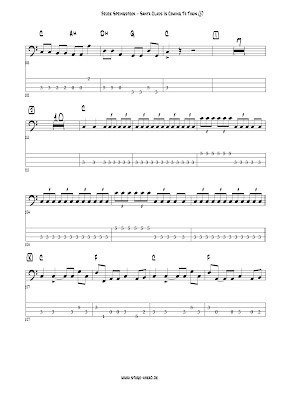In the last installment of my series on harmonically analyzing christmas songs , we examine the title track of Stevie Wonder’s 1967 Christmas album “Someday At Christmas”.
The song consist of only 8 bars, which are transposed stepwise through 4 keys, starting with A major and ending on C major. This 8 bar progression makes heavily use of the concept of “modal interchange”. We refer to “modal interchange” when chords of two parallel scales are used simultaneously.
I did the analysis in the key of C major, so we are using chords of the C major scale as well as chords of the parallel C minor scale. Let’s take a look at both scales:
I did the analysis in the key of C major, so we are using chords of the C major scale as well as chords of the parallel C minor scale. Let’s take a look at both scales:
In the verses the dominant chord G and the subdominant chord F are followed by their modal interchange equivalents Gm and Fm.
At the end of most verses we find a classic II-V-Progression
(Dm - G) leading back to the I chord of the next verse.
These II-V-Progressions are the only varying elements in different verses. When a key change follows, the II-V-Progression is shortened like this (shown in the key of A major):
These II-V-Progressions are the only varying elements in different verses. When a key change follows, the II-V-Progression is shortened like this (shown in the key of A major):
Here is the complete transcription:
Next week I'll be on holiday and therefore I go ahead and wish you a very peaceful christmas time!
------------------------------------------------------------------------------------------------------------
Become a patron for only $2 per month and get access to the pdf transcription of this song, my YouTube transcription archive and much more. Take a look, it's worth it:


































